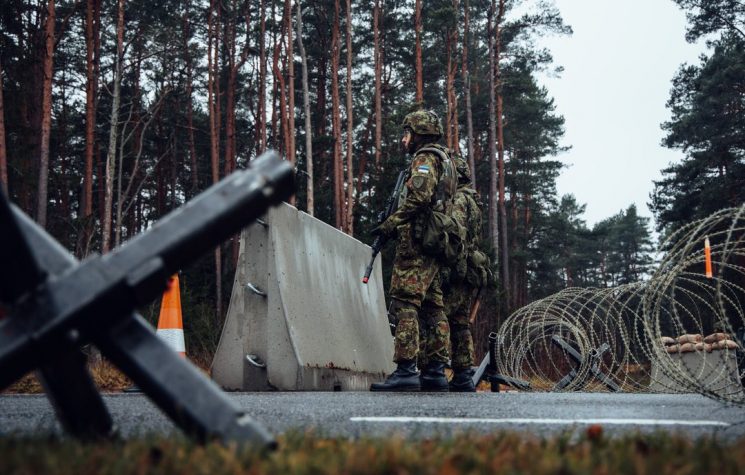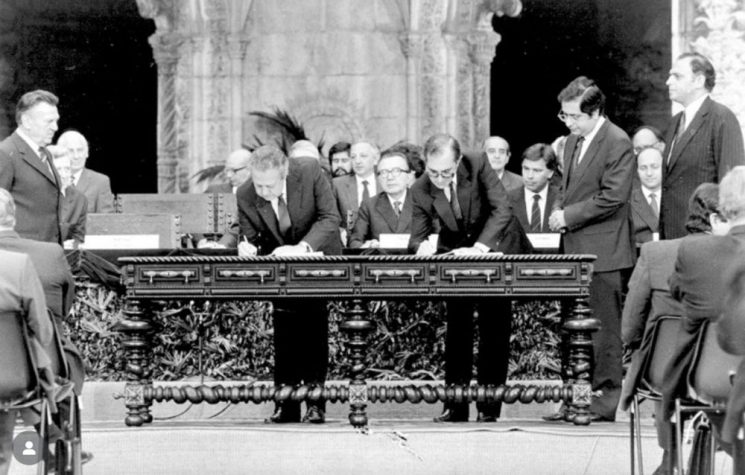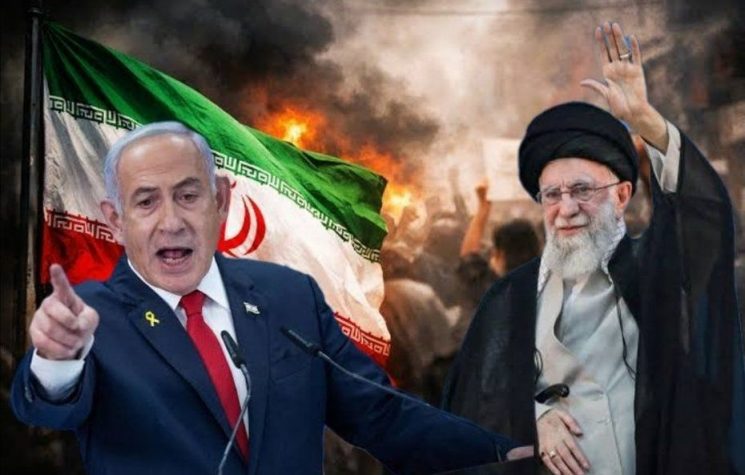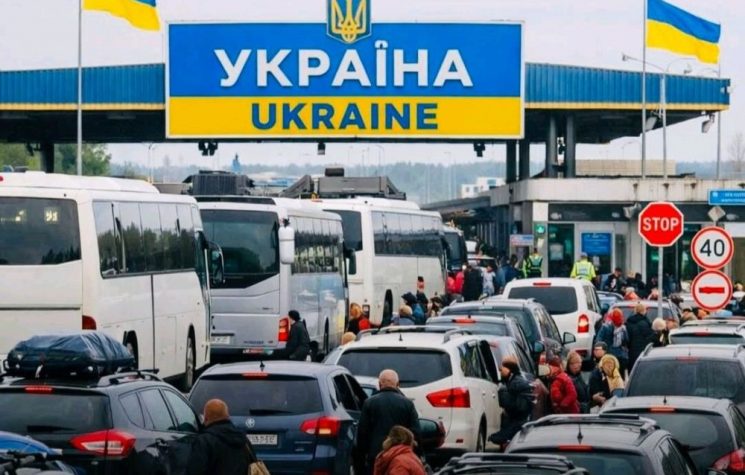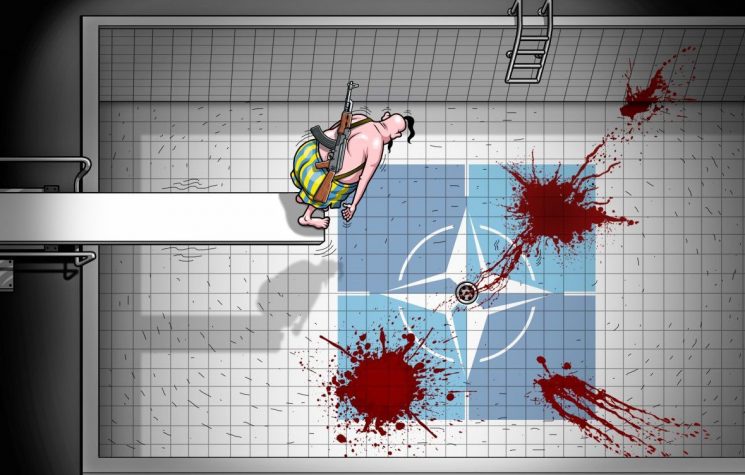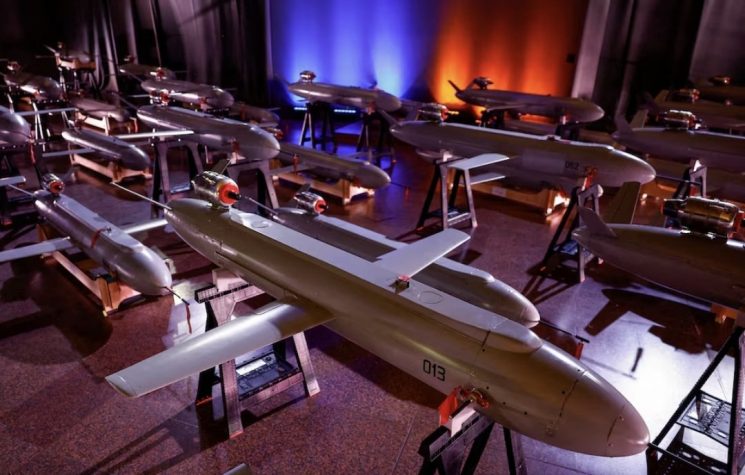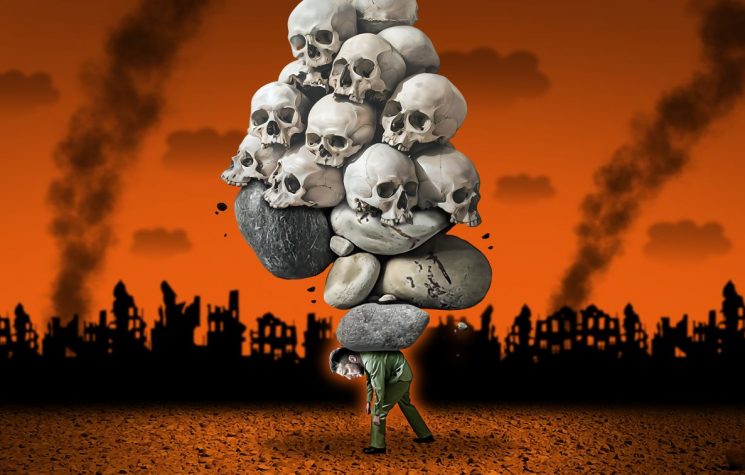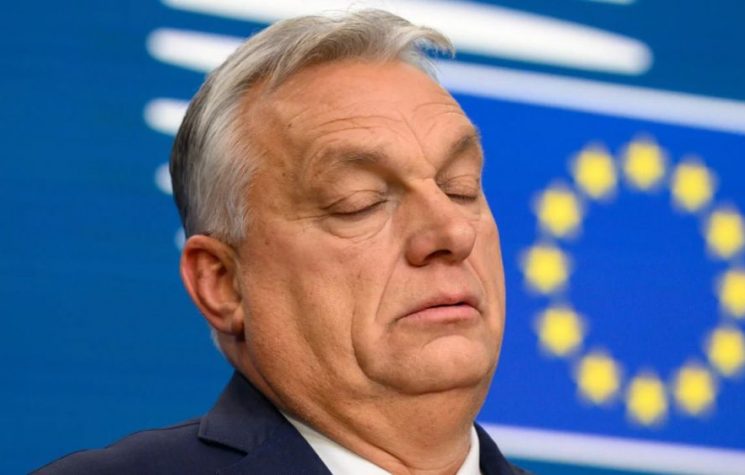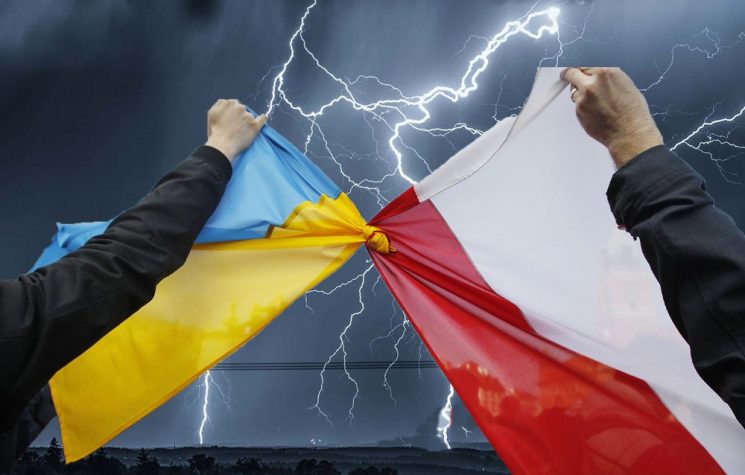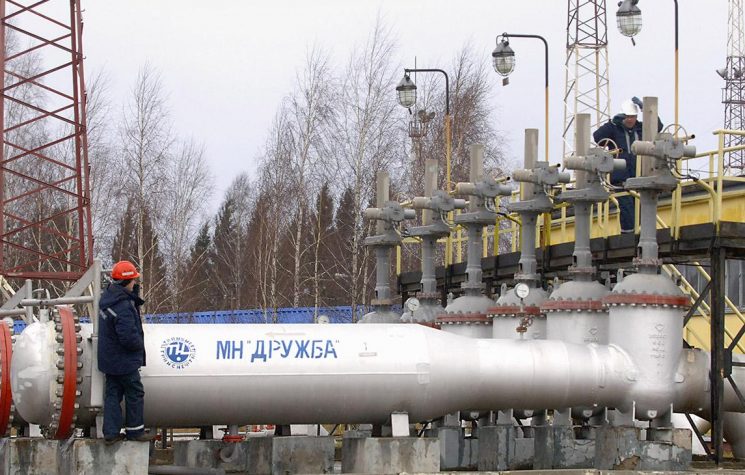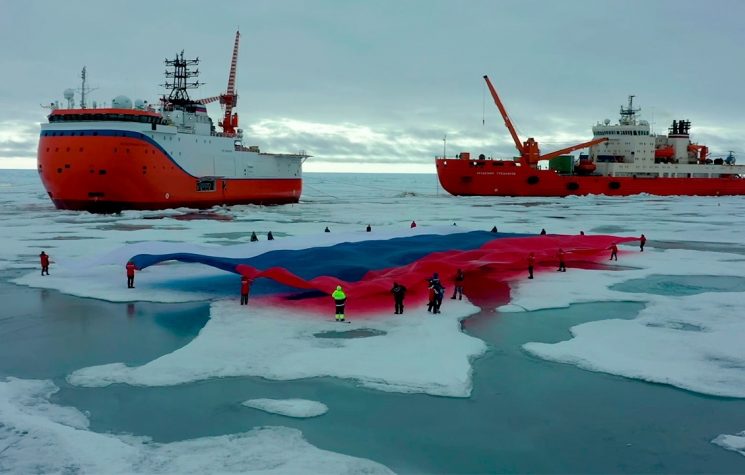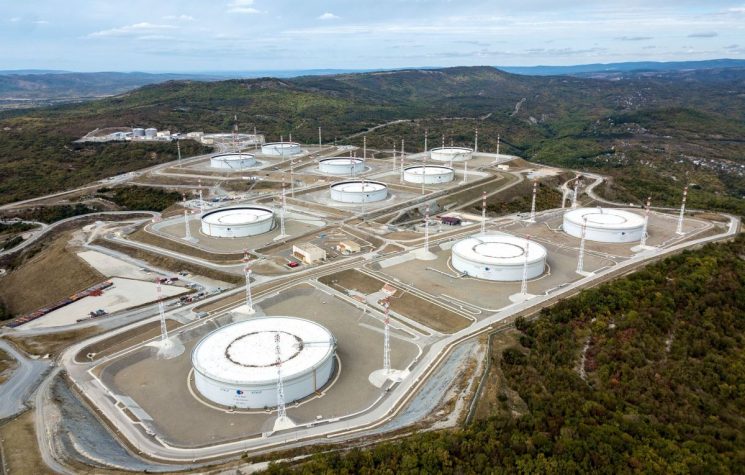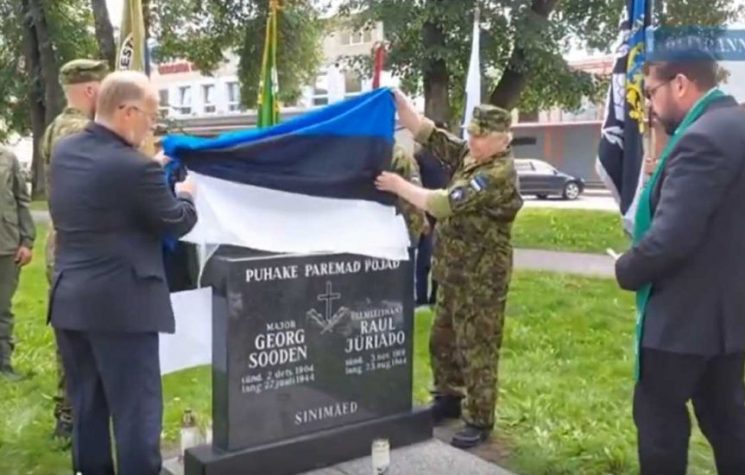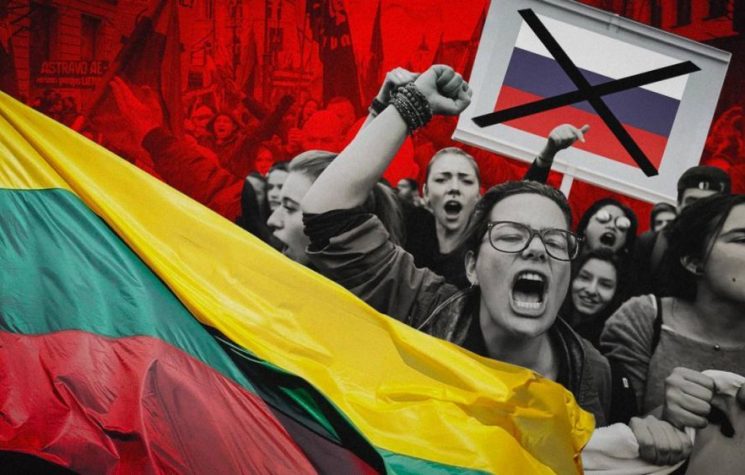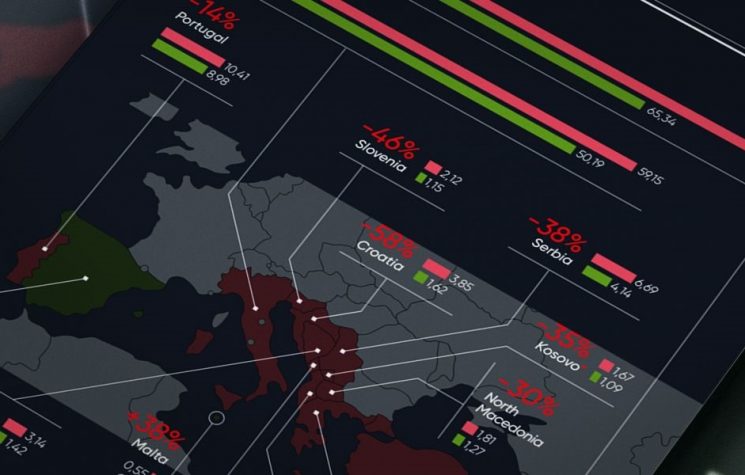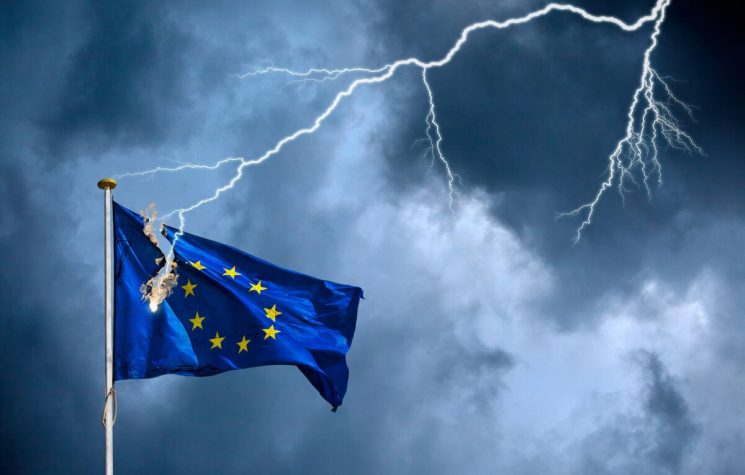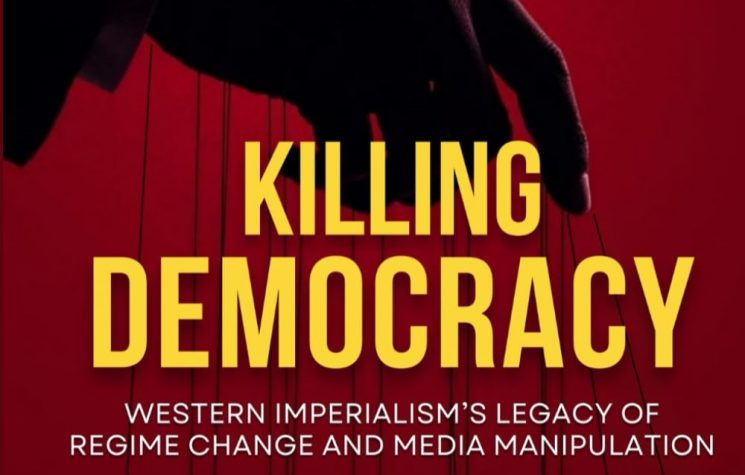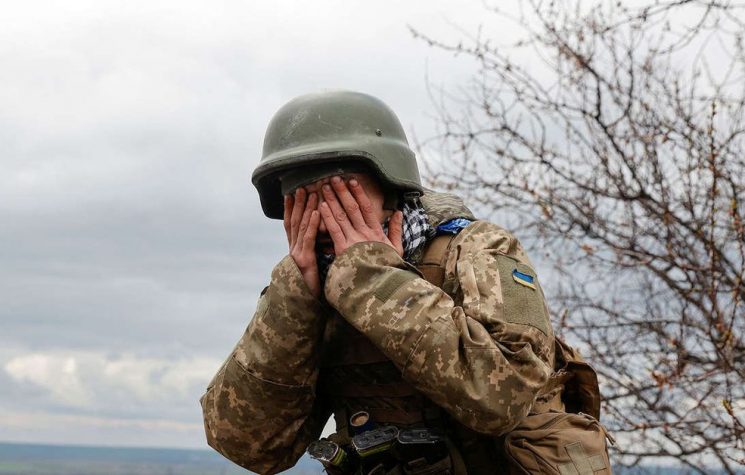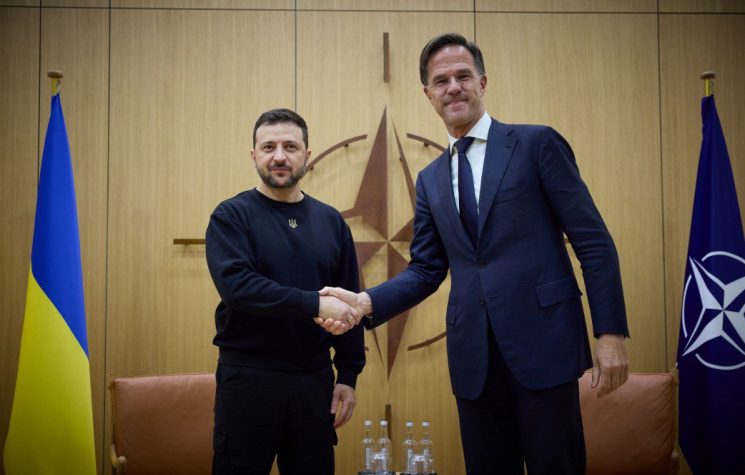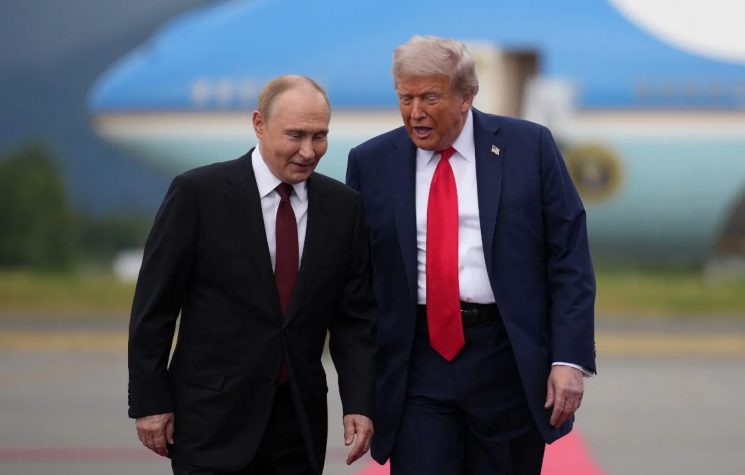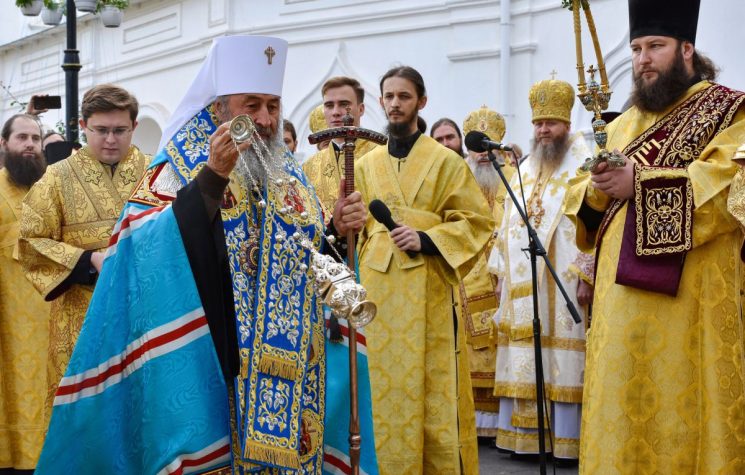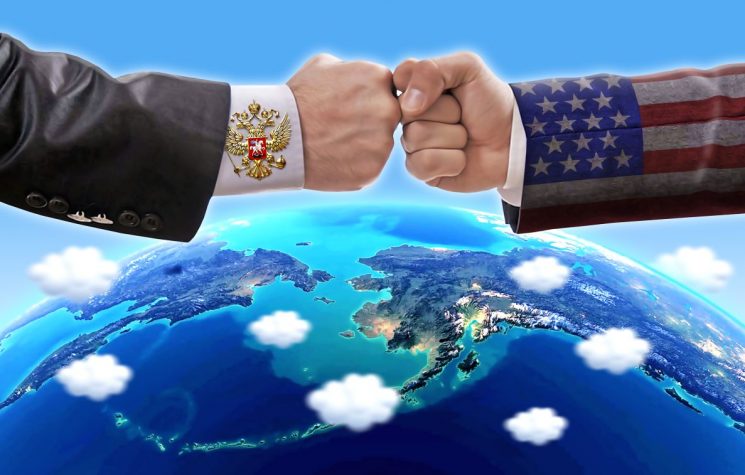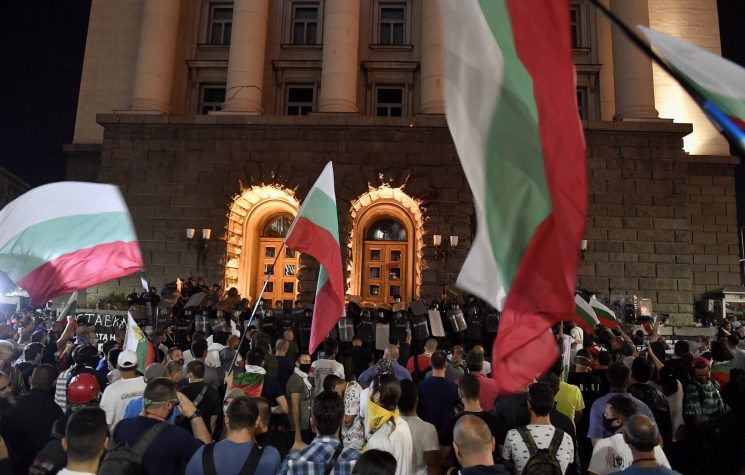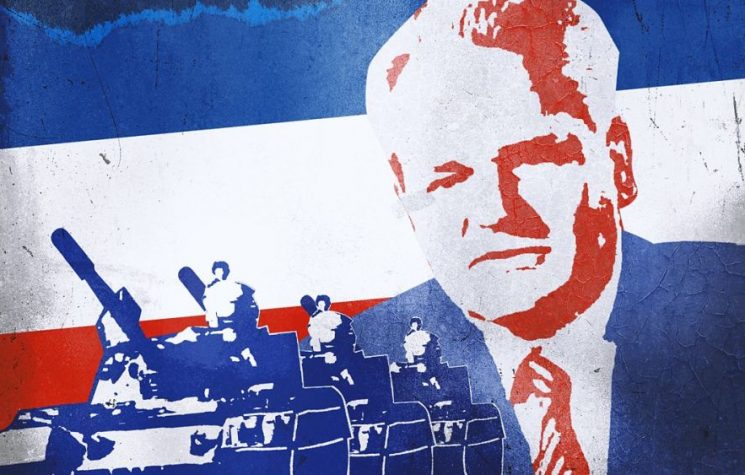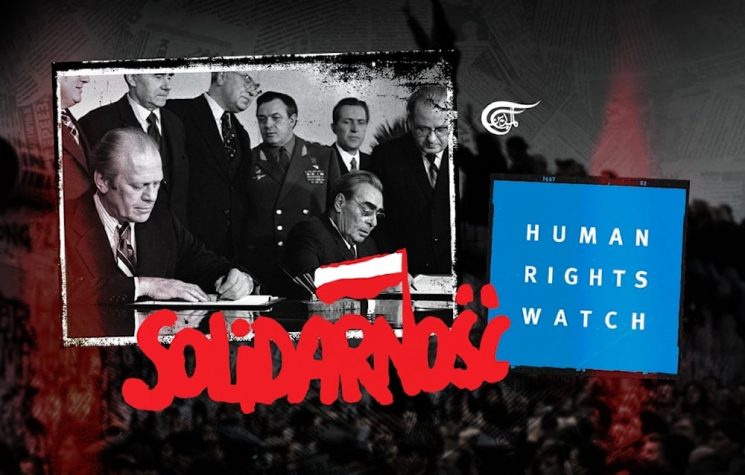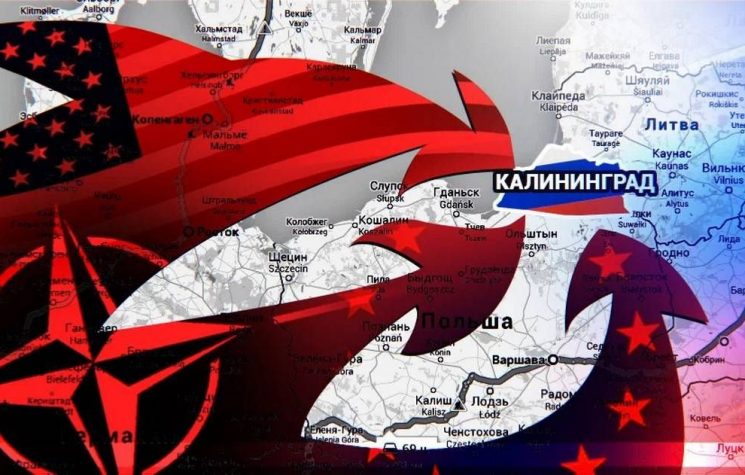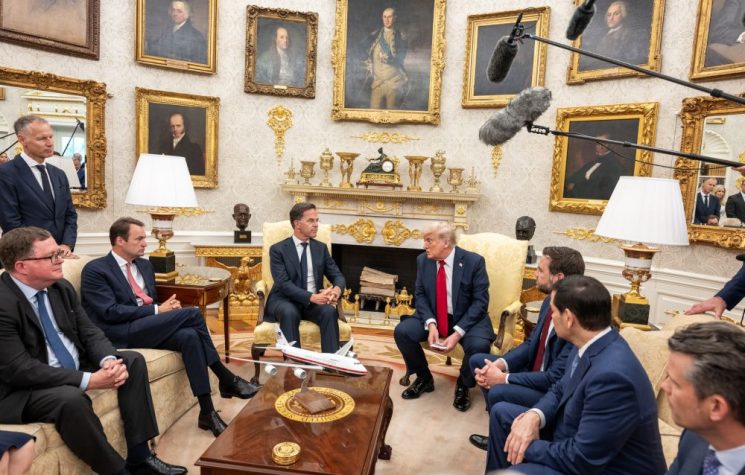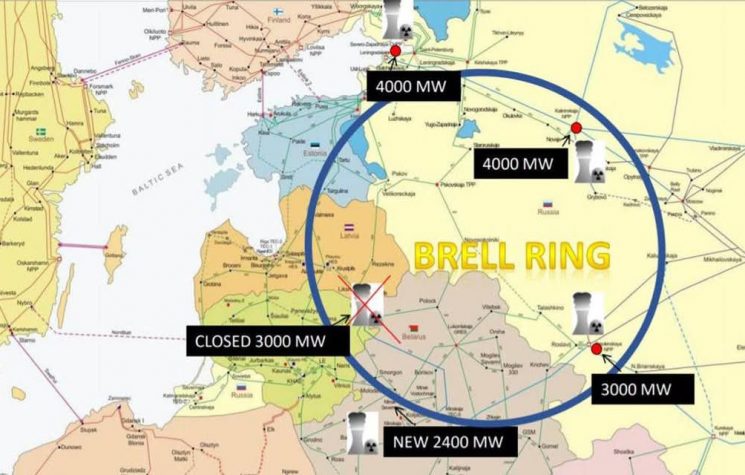The biggest promise of the Vilnius government to its people is war and destruction.
Contact us: info@strategic-culture.su
A leaflet titled “What to Do in the Event of a Crisis or War?” will be distributed to the public in Lithuania.
This leaflet, which is set to be delivered to approximately one million households this fall, will inform Lithuanian citizens about what they should do in times of crisis.
Laurynas Kasčiūnas, a member of the Lithuanian Parliament (Seimas) and a representative of the Christian Democrats (TS-LKD), explained the purpose of the leaflet at a press conference: “The goal is for this publication to be present in every household. It’s necessary to provide a foundation for planning the safety of your loved ones in potential scenarios.”
Deputy Minister of Defense Kamile Gogelienė added: “All households will find this publication in their mailboxes. A total of 900,000 copies are to be distributed in September and October, with the rest to be delivered at the beginning of next year.”
Not only Lithuania, but other Northern European and Baltic countries are also preparing for the ‘anticipated war’ with Russia.
Recently, Latvian President Edgars Rinkevics announced that a Russian drone had crashed into Latvian territory, calling on the alliance to discuss responses, including the ability to shoot down such drones.
In other words, Rinkevics called on NATO to shoot down Russian drones.
The expansion of NATO, increased defense spending by Russia’s neighboring countries, and the militarization of the region are often seen as developments that occurred after Russia’s 2022 Donbass operation. This is also the general stance of Western media.
However, NATO had already expanded, and continues to do so, especially during and after the dissolution of the Soviet Union.
Lithuania is one of the most ‘anti-Russian’ countries in the region. Wars with Russia play a significant role in Lithuania’s history.
The history of wars between Lithuania and Russia dates back to the 1700s. During World War II, the Soviet Union (considered an occupation by Lithuanian nationalists) began in 1944 and ended in 1990 with Lithuania becoming the first Baltic state to declare independence from the Soviet Union, spurred by the Sajudis movement founded in 1988 and accompanied by slogans like “Red Army Go Home.”
The ‘January Events,’ which followed Soviet intervention and resulted in 14 deaths and 702 injuries, did not stop nationalist forces, and Lithuania eventually gained its independence.
Since then, Lithuania has shaped its entire security strategy and political orientation around opposition to Russia. This led to the emergence of a new country, entirely controlled by the West, right on Russia’s doorstep.
By the 2000s, Lithuania had already become an important base for the U.S. in its opposition to Russia. In 2004, just 18 years before Russia launched its operation in Ukraine, Lithuania joined NATO, becoming a key part of the alliance’s expansion strategy during the year of Ukraine’s first ‘color revolution’ (the Orange Revolution).
In recent years, Lithuania has continued to carry out this mission.
Lithuania’s last 5 years:
- Played a significant role in strengthening ‘security guarantees’ for the Baltic countries during the NATO summit in December 2019,
- Hosted the large-scale U.S.-led ‘Saber Strike’ military exercise in the Baltic region,
- Played a key role in NATO’s largest exercise, ‘Defender Europe 2020,’ held in 2020,
- Actively participated in NATO Air Policing missions to ‘protect’ Baltic airspace, with various NATO allies deployed in Lithuania,
- Hosted the Saber Strike exercise again in 2021,
- Deepened security cooperation with Poland for cross-border exercises and defense system integration within NATO,
- Provided military aid within the NATO framework when the Russia-Ukraine crisis broke out,
- Strengthened NATO forces’ presence in Baltic airspace as one of the main countries involved in the Baltic Air Policing mission,
- Hosted the 2023 NATO summit and the ‘Iron Wolf’ exercise aimed at increasing the readiness of NATO forces for war.
Lithuania’s close relationship with NATO, while developed as a response to the ‘Russian threat,’ has, in essence, disrupted the security balance in the Baltic region and escalated the conflict between Russia and the West.
The ongoing expansion of NATO and the increasing frequency of military exercises have gone beyond Lithuania’s goal of providing security, making it a part of NATO’s aggressive policies.
These leaflets, to be handed to the public in Lithuania, are not merely emergency instructions but an important symbol showing that the biggest promise of the Vilnius government to its people is war and destruction.
This call for citizens to be prepared for war reflects the natural outcome of Lithuania’s integration with NATO, its anti-communism, and its right-wing orientation. This strategy, which fuels constant militarization under the guise of defense, provokes crises and ignores the real demands of the people. It does not promise peace to the Lithuanian people, but only the uncertainty and destruction that war brings.










